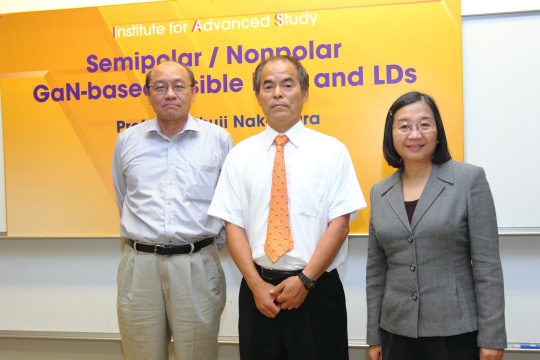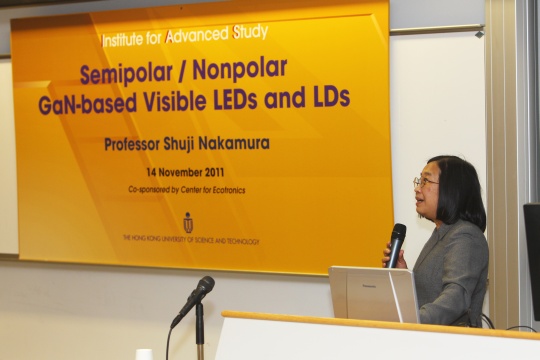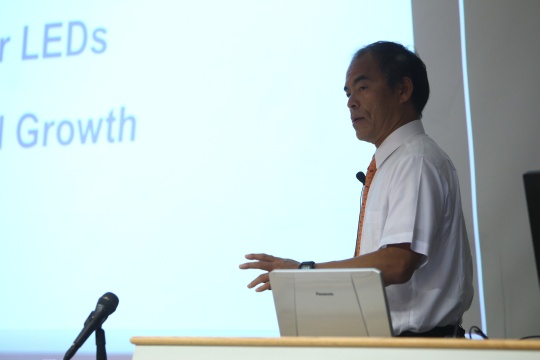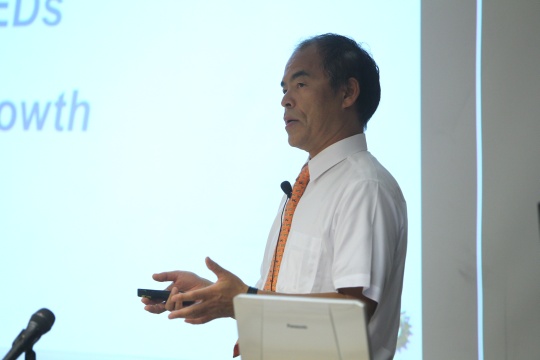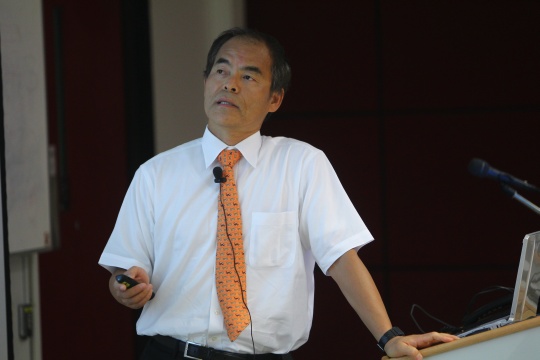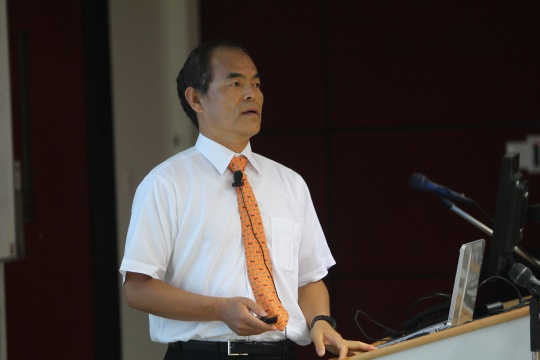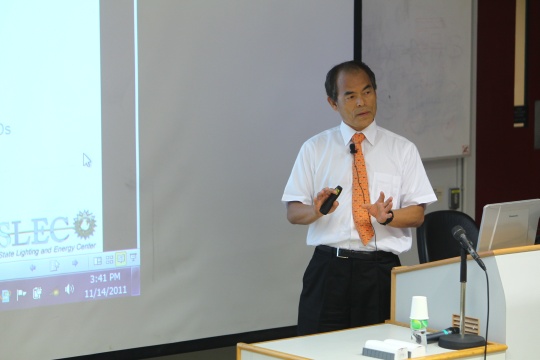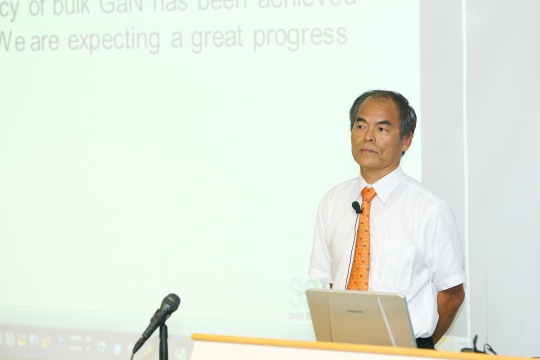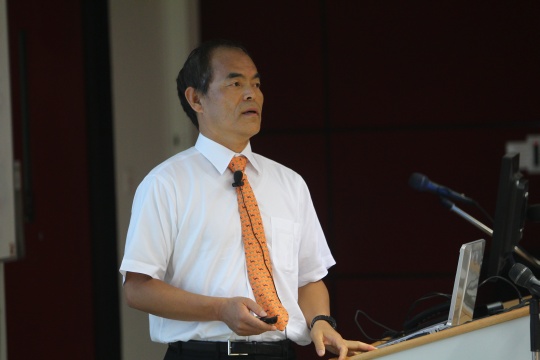Semipolar/Nonpolar GaN-based Visible LEDs and LDs
Abstract
Semipolar and nonpolar orientations of group III-Nitrides have attracted considerable attention for realizing high-efficiency light-emitting diodes (LEDs) and laser diodes (LDs). Several advantages over commercially available c-plane structures have been reported, including reduced polarization-induced electric fields in the quantum wells (QWs), increased indium uptake, and polarized light emission.
Already great results of semipolar and nonpolar blue and green LDs have been reported with a big advantage of much higher material gain of semipolar and nonpolar LDs.
On LEDs, the speaker and his group recently also developed new semipolar LEDs using (20-2-1) plain with a much narrower spectrum width than that of c-plain and other semipolar plain LEDs. Also, the blue shift of the emission wavelength of (20-2-1) LED with increasing the current is much smaller than that of c-plain and other semipolar plain LEDs.
Another amazing result is much smaller droop of the output power or the efficiency of the (20-2-1) LEDs. At a forward current of 20 mA, the violet-blue LED showed a peak external quantum efficiency of 52% and an output power of 30.6 mW, which are comparable to the best values ever reported for semipolar and nonpolar LEDs. At higher current densities, the LED also showed outstanding performance, with droop ratios of 0.7% at 35 A/cm2, 4.3% at 50 A/cm2, 8.5% at 100 A/cm2, and 14.3% at 200 A/cm2. To the speaker’s knowledge, such a low droop has not been reported at current densities as high as 200 A/cm2.
The biggest challenge of semipolar and nonpolar devices is a size of the GaN substrate. We have developed the ammonothermal growth to make a bulk GaN crystal. The latest results of the bulk GaN crystal growth are also mentioned.
About the speaker
Prof. Shuji Nakamura obtained his bachelor’s and master’s degrees in electronic engineering in 1977 and 1979 respectively, after which he joined the Nichia Chemical Industries Ltd in Japan. It was while working for Nichia that Nakamura invented the first high brightness GaN LED whose brilliant blue light is (when partially converted to yellow by a phosphor coating) the key to white LED lighting, and which went into production in 1993. He was awarded a Doctor of Engineering degree by the University of Tokushima in 1994. He left Nichia Chemical Industries Ltd in 1999 and joined the University of California, Santa Barbara. Widely recognized as pioneer in light emitters based on wide-bandgap semiconductors, Prof. Nakamura continues to focus on development of GaN thin film technology. He won the 2006 Millennium Technology Prize for his invention of blue and white LEDs. He was elected as a member of the US National Academy of Engineering in 2003. He holds more than 100 patents and has published more than 400 papers in his field.

